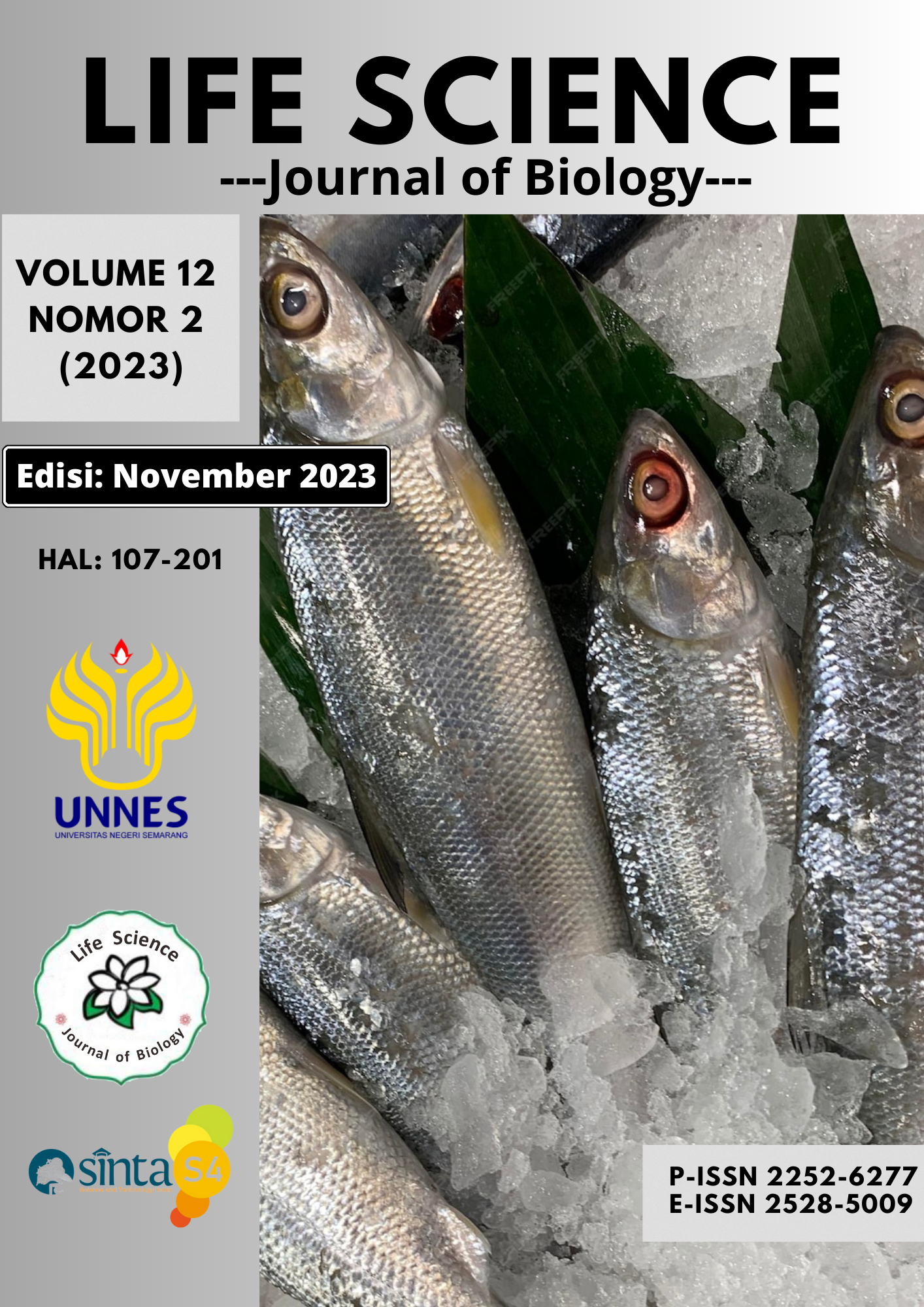Viabilitas Oospora Peronospora manshurica Asal Kacang Kedelai (Glycine max) Impor Berdasarkan Perbedaan Suhu Inkubasi
Main Article Content
Abstract
Soybean (Glycine max) is the highest imported commodity entering West Kalimantan which has the potential to carry pathogens such as Peronospora manshurica. P. manshurica is a pathogen on soybean plants that causes downy mildew disease which can reduce the productivity of soybean plants. This fungus can spread with propagules in the form of oospores and mycelium on the seed coat like a grayish-white crust which can live if environmental conditions are suitable, such as temperature factors. The purpose of this study was to determine the viability of P. manshurica oospores tested with Triphenyl Tetrazolium Chloride based on differences in incubation temperature. This study used 240 symptomatic soybean seeds which were given three levels of incubation temperature treatment at 20oC, 30oC and 40oC with 8 repetitions using a completely randomized design. The oospore viability values were analyzed by one way ANOVA showing there were significant differences in each treatment. The viability values of live oospores obtained were 28.21% at 20oC, 17.06% at 30oC and 7.6% at 40oC. The highest viability value of live oospores was obtained at 20oC and showed that the higher the incubation temperature, the lower the viability value of P. manshurica oospores.


